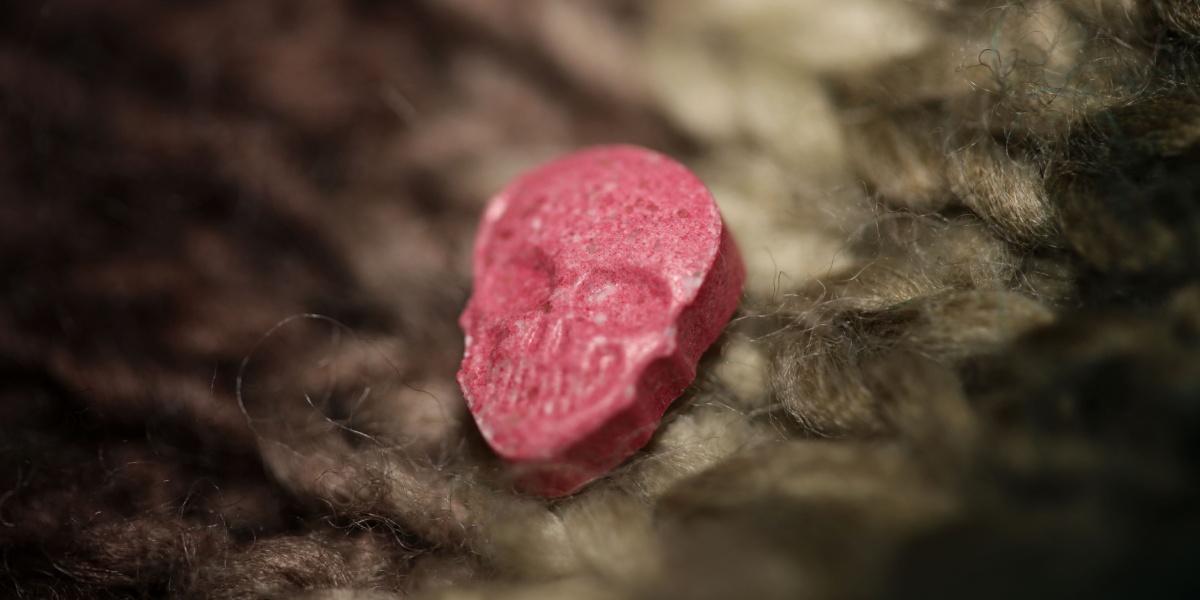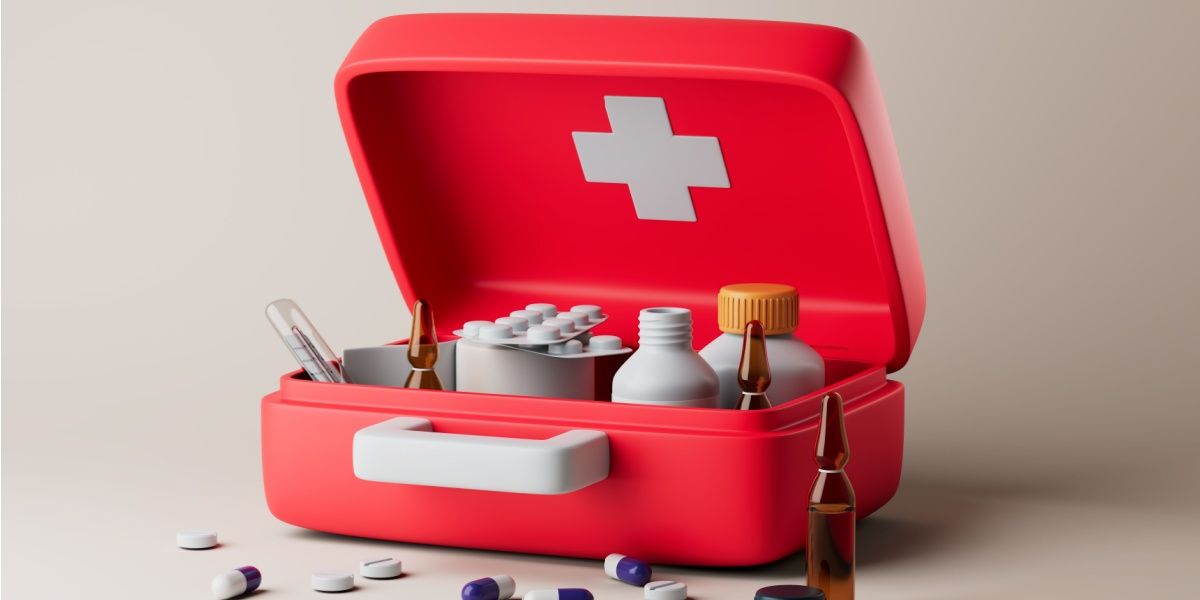MDMA, also called Ecstasy or Molly, has been commonly used as a party drug for decades, with an estimated 2.6% of American young adults taking it in 2021. [1] However, concerns are growing due to the prevalence of MDMA being adulterated with other drugs, such as opiates, amphetamines, and ketamine, which increases the risk of serious harm or death to the user. [2][3] To combat this, MDMA test kits are a harm reduction intervention that is growing in popularity, giving rapid results and increasing the safety of those taking them.
- MDMA is a commonly used recreational drug but is often adulterated with other substances, such as amphetamines and opiates, which increases the risk to the user.
- MDMA test kits can be used to test drugs for any additional substances before consumption.
- MDMA test kits are legal, easy to use, and can be purchased online.

What are MDMA test kits?
MDMA test kits come in different varieties and can be easily purchased online. They are designed to be easy to use and provide quick results, allowing the user to test their drugs immediately before they plan to consume them. Test kits generally include several different reagents that should be mixed with a small amount of the drug to be tested. The user then assesses the color change of the reagent, which indicates the presence or absence of certain drugs, however, they cannot determine the exact purity or concentration.
Overview of common reagents
The reagents often contain strong chemicals, causing them to be corrosive, so they should be handled carefully. Below is a summary of some of the common reagents and their different reactions: [4]
Marquis Reagent
- Color reaction: Purple/black with MDMA
- Primary test for MDMA/MDA
- Helpful for detecting amphetamines, opiates, and 2C compounds
Mecke Reagent
- Color reaction: Blue/black with MDMA
- Helpful for detecting opiates and some cathinones
Mandelin Reagent
- Color reaction: Black with MDMA
- Helpful for detecting amphetamines
Simon’s Reagent
- Color reaction: Blue with MDMA
- Two-part test, which is different from other reagents
- Helpful for distinguishing between MDMA and MDA
Froehde Reagent
- Color reaction: Black/dark purple with MDMA
- Helpful for detecting opiates and 2C compounds
Several other reagents may also be in MDMA test kits, coming with a specific color chart relating to what they can detect.
Step-by-step: How to use an MDMA test kit
There are often several different reagents used in MDMA testing, but the process is generally the same for each one (except Simon’s reagent, which is a two-part test). You will need:
- A clean, white ceramic plate
- The substance(s) you would like to test
- The reagents from the test kit
- Baking soda
- Gloves to protect your hands, as some of the reagents are corrosive
Steps to using MDMA test kits
The step-by-step guide is as follows:
- Place a small amount (about the size of a match head) of the drug onto the clean plate. Ensure the drug is finely crushed.
- With gloves on, take out the reagent bottles, ensuring they’re not damaged and haven’t expired.
- Apply one drop of reagent to the drug sample.
- Let the reagent react with the drug and note any color change, comparing this to the color chart in the test kit.
- If using multiple reagents, rinse the plate and repeat the above steps.
- After you have completed the testing, clean the plate thoroughly, first by applying baking soda to neutralize the chemicals, then by a regular wash with soap and water.
Each test kit will come with instructions, so please refer to these when using the kit.
Substances detected by MDMA test kits
As listed above, different reagents can identify the common adulterants seen in MDMA, including amphetamines and opiates. MDA, also called Sally, is a common adulterant that produces similar stimulant effects to MDMA. Simon’s reagent can help distinguish between the two.
Whilst test kits can be helpful, they are not perfect. Several things can affect the results, such as using a dirty or non-white test surface, storing the reagent incorrectly, or using an expired reagent. Even with perfect use, the results can sometimes be unreliable and fall short of the gold standard tests that are done in the lab. [3] If you get an ambiguous test result, repeat it with a new drug sample.
Harm reduction tips when using MDMA
It’s recommended to always test your drugs before taking them to ensure there are no adulterants and that it’s the drug you’re expecting. If you have any doubts about what is in the drug, it’s best not to take it.
MDMA can cause your body to overheat and lead to dehydration, particularly if you’re in a hot environment like a nightclub. Remember to keep hydrated with water, wear light clothing, and take regular cool-down breaks. It’s recommended to avoid mixing it with other drugs, including alcohol.
If you or a friend is experiencing any adverse effects of MDMA, get immediate medical support.



